Enter a surname, town name or other keyword to search the database. Remember to
allow for the different spellings of 'Mc' and 'Mac.' Good luck!
{Search tips: Use single word search terms for more results}
You must enter some valid character(s) into the search field
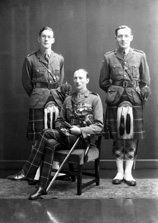
Reference: 43283j
Brigadier Eneas Grant, born 19...
|
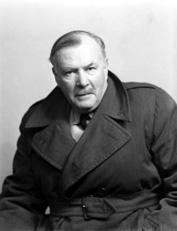
Reference: 43759b
Sir Michael William Selby Bruc...
|

Reference: 43759a
Sir Michael William Selby Bruc...
|
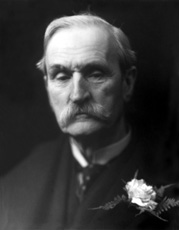
Reference: H-0246
Sir Daniel Macauley Stevenson ...
|
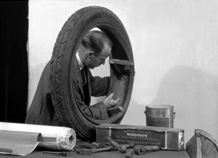
Reference: 27780b
Possibly taken in the Tyre Ser...
|
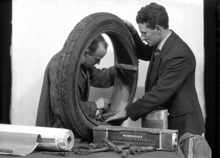
Reference: 27780a
Possibly taken in the Tyre Ser...
|
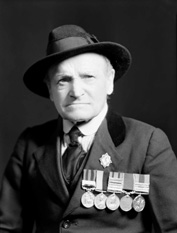
Reference: 36719.5
Mr Collins, Clachnaharry. His ...
|
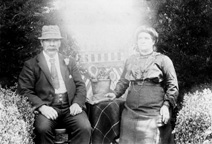
Reference: 877
Copy for Mrs Robertson, Old ...
|

Reference: 858
In 1905 the Highland Railway b...
|
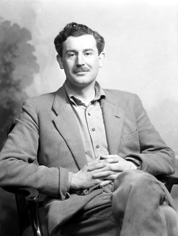
Reference: 40813b
Lord Lovat. Brigadier Simon Ch...
|
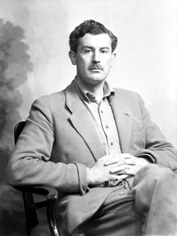
Reference: 40813a
Lord Lovat. Brigadier Simon Ch...
|
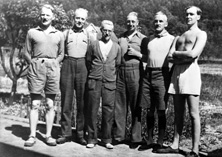
Reference: 35114.5a
Mrs Mackay, Beauly. Possibly p...
|